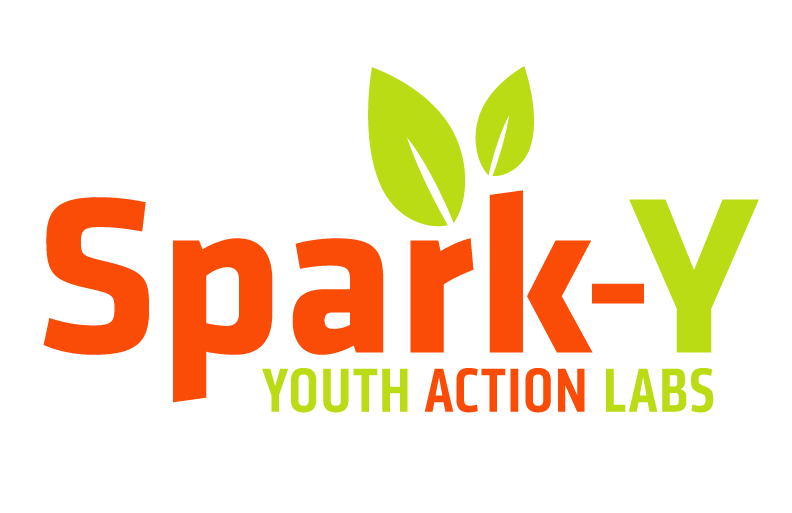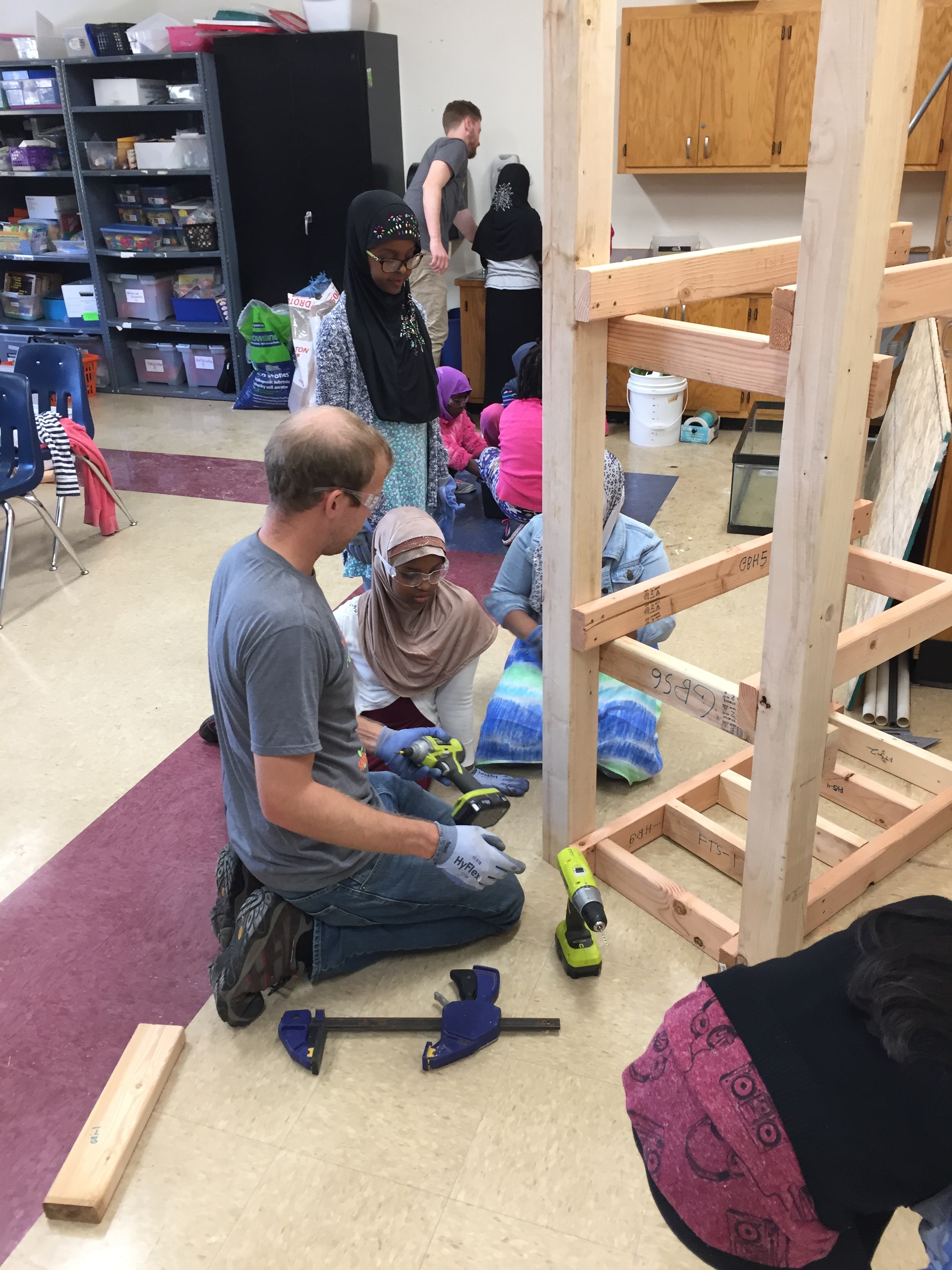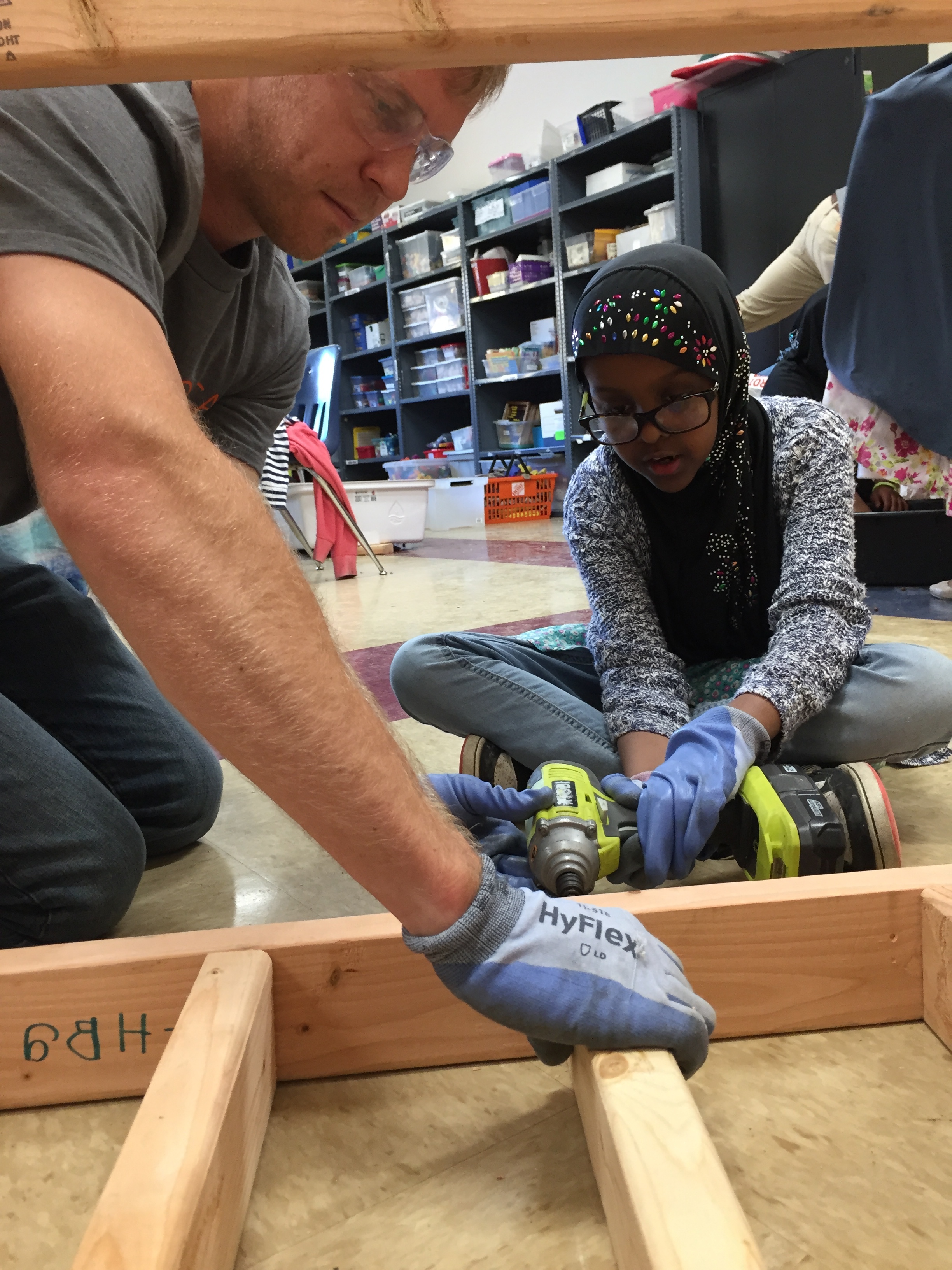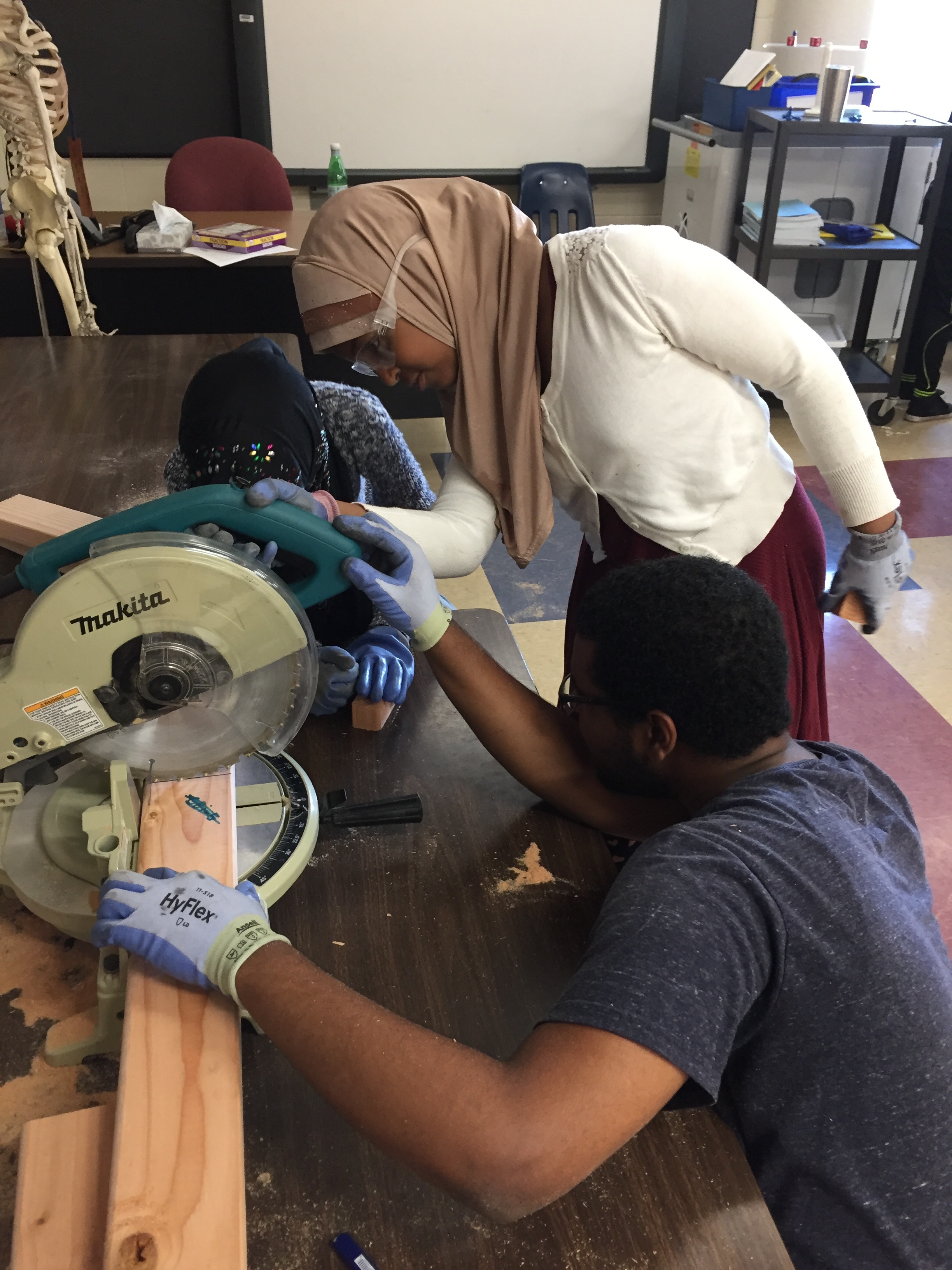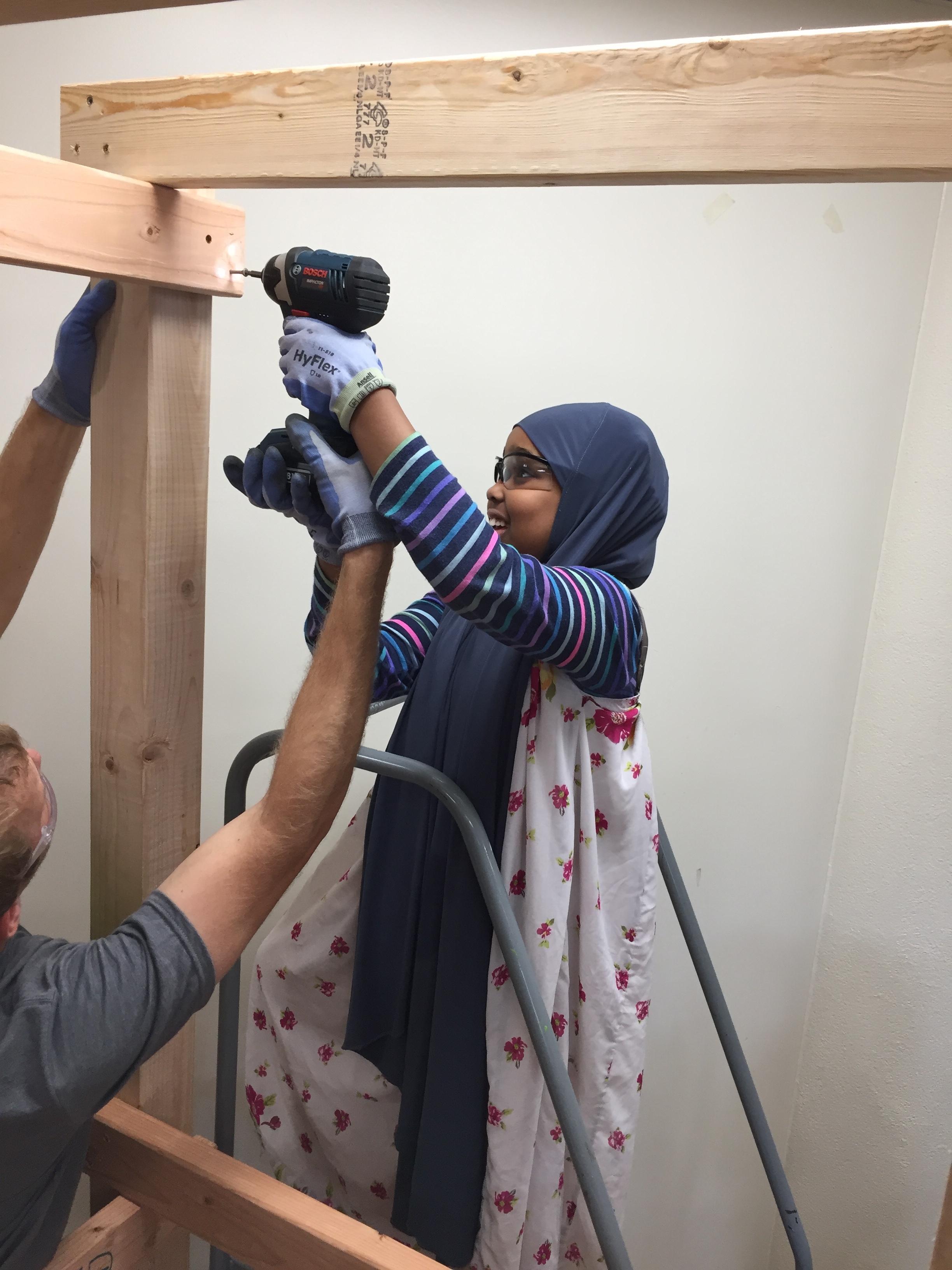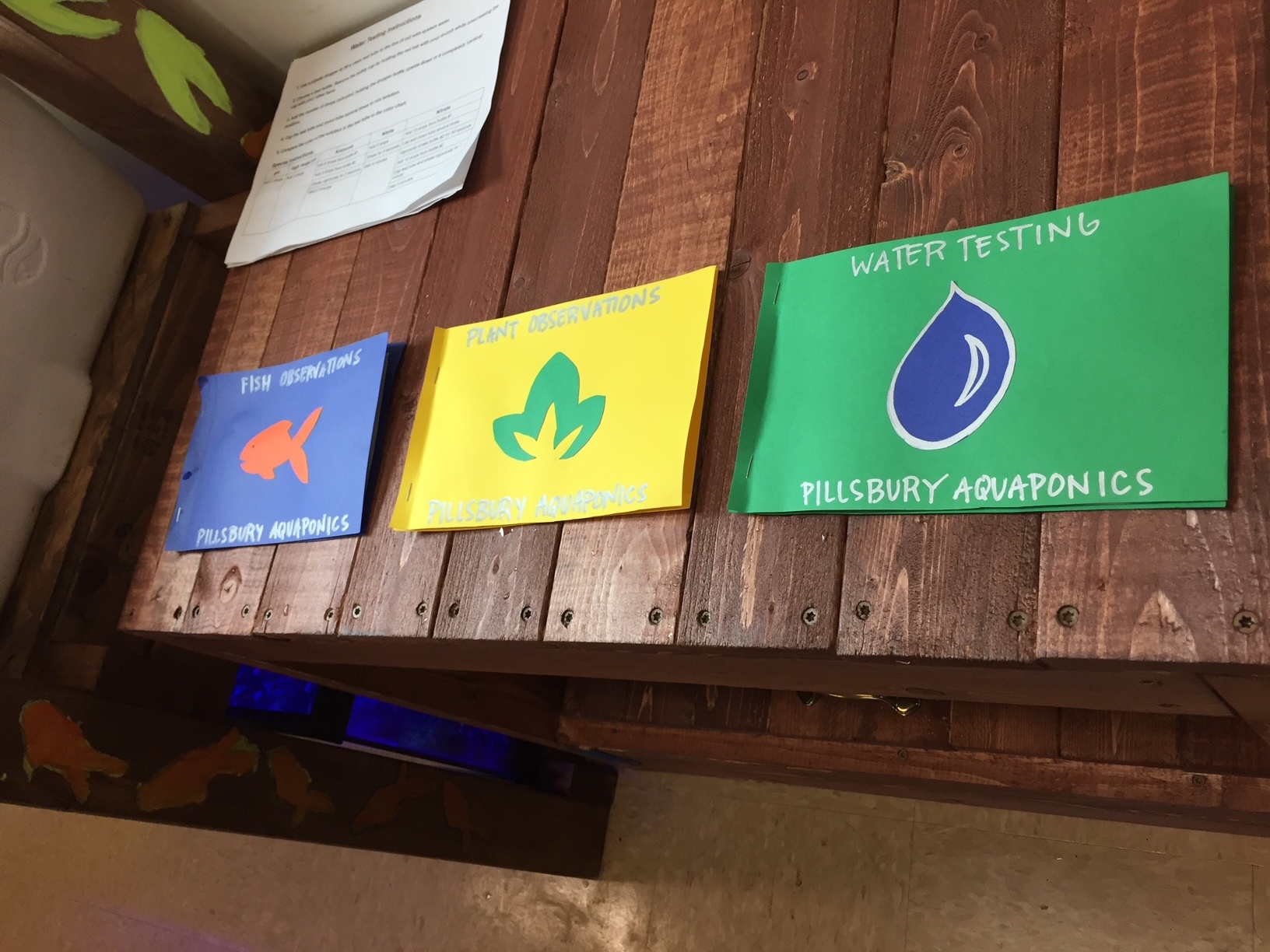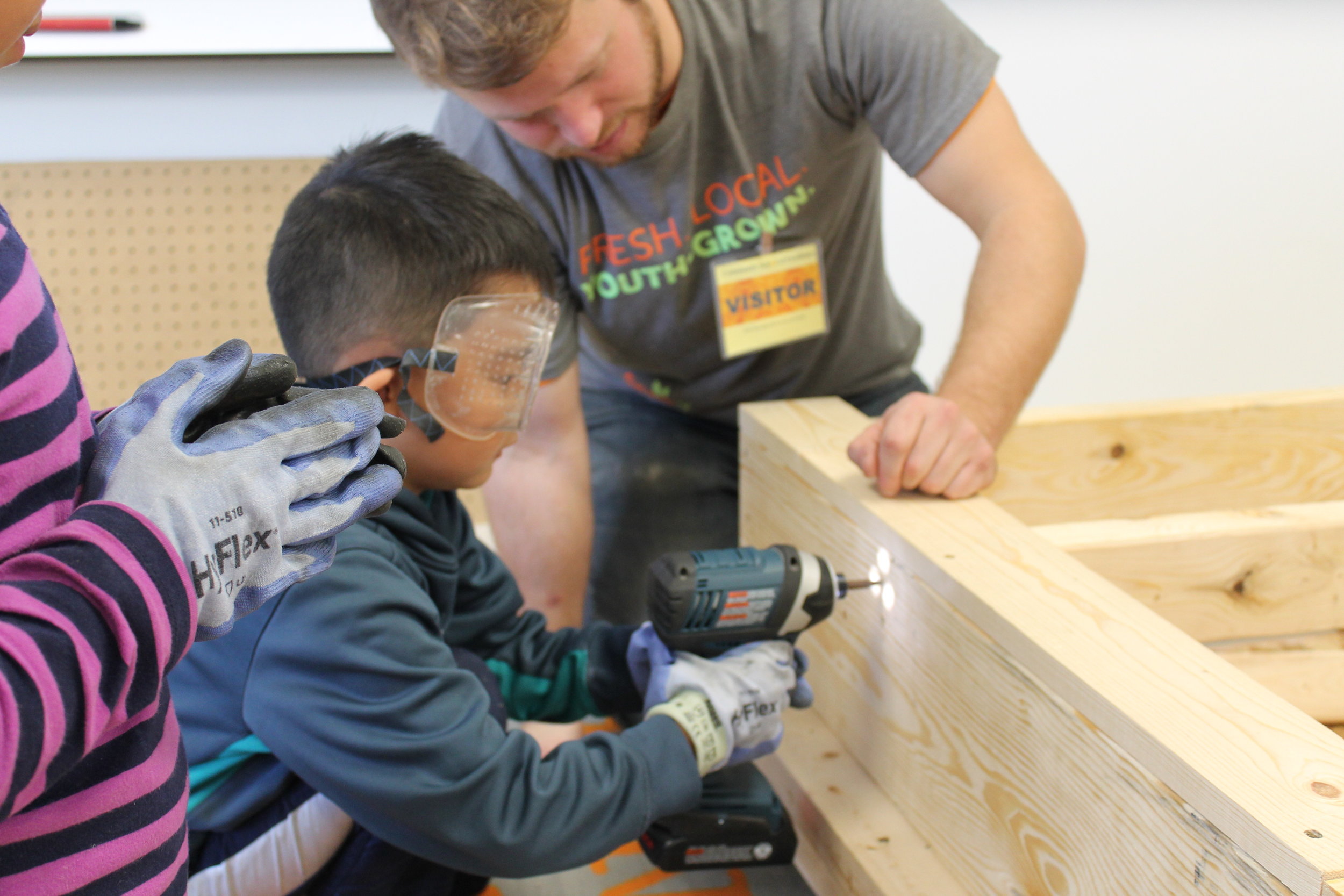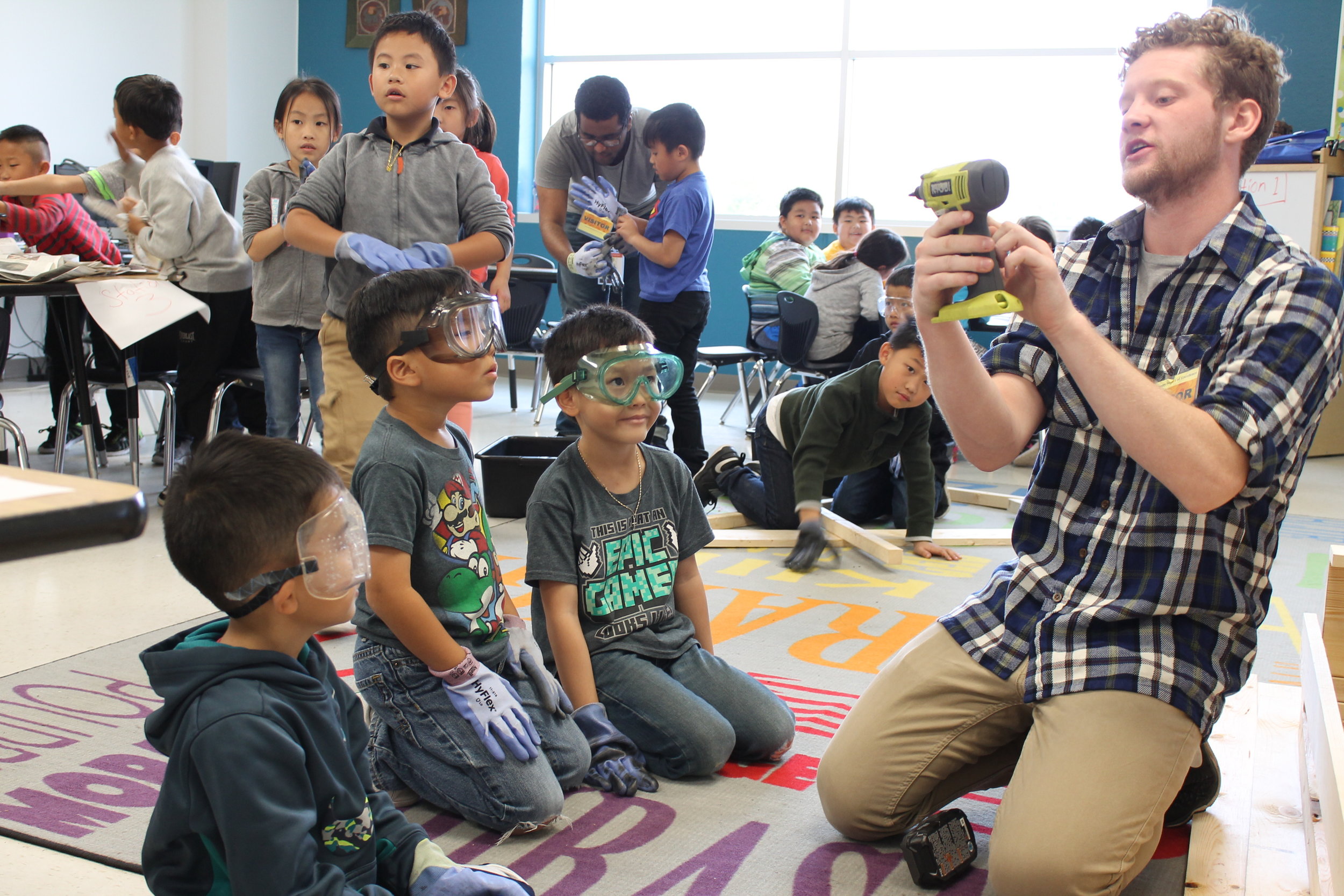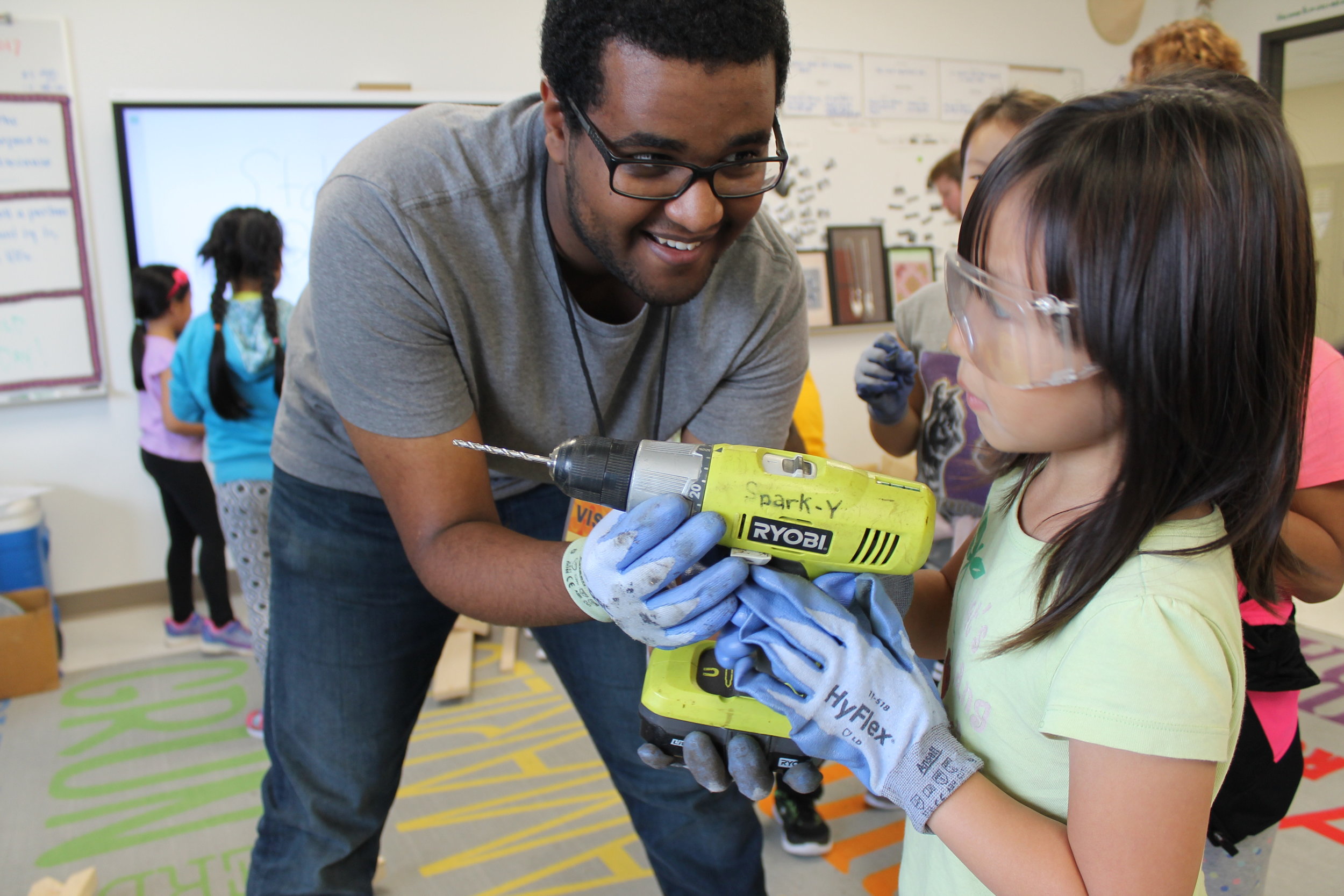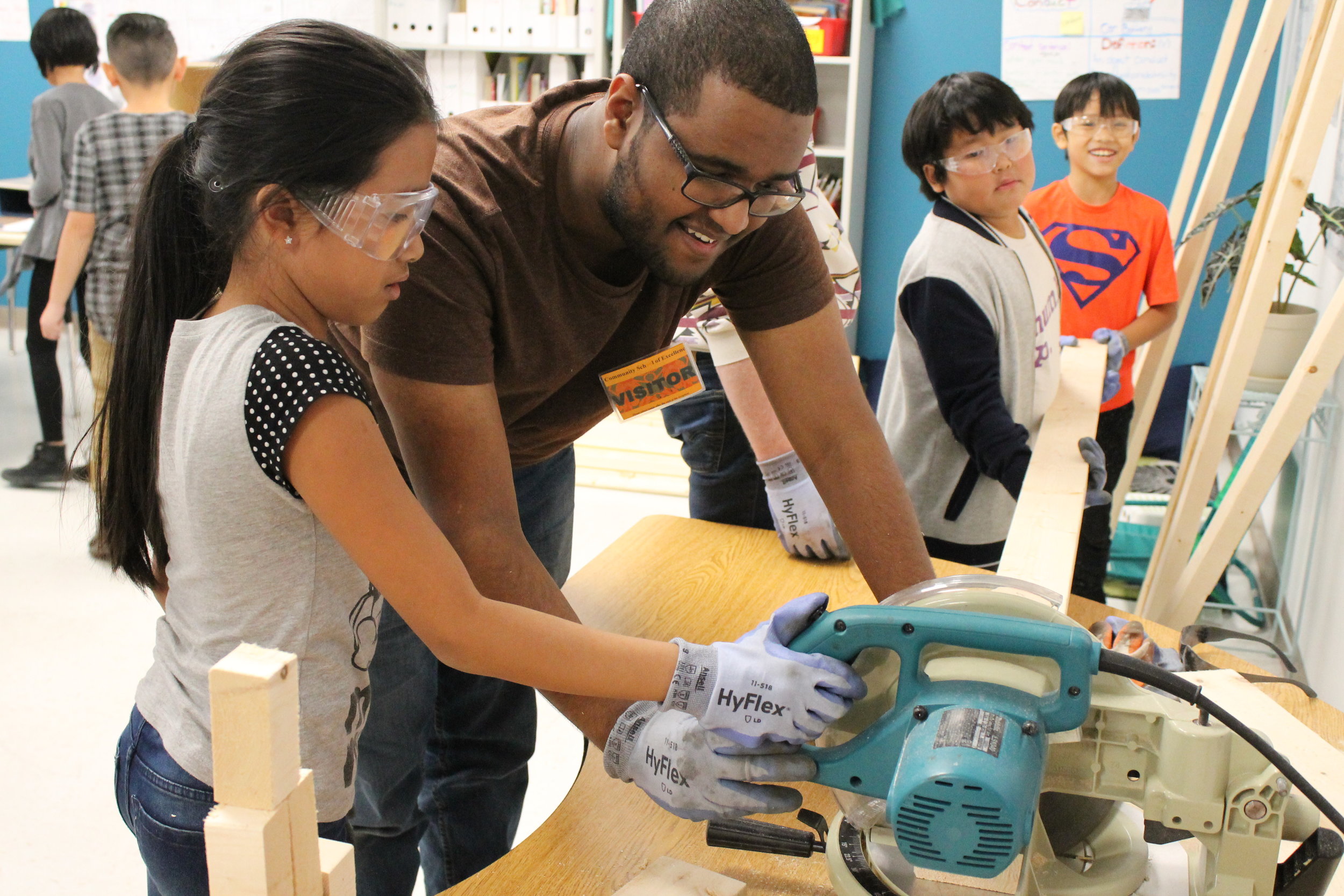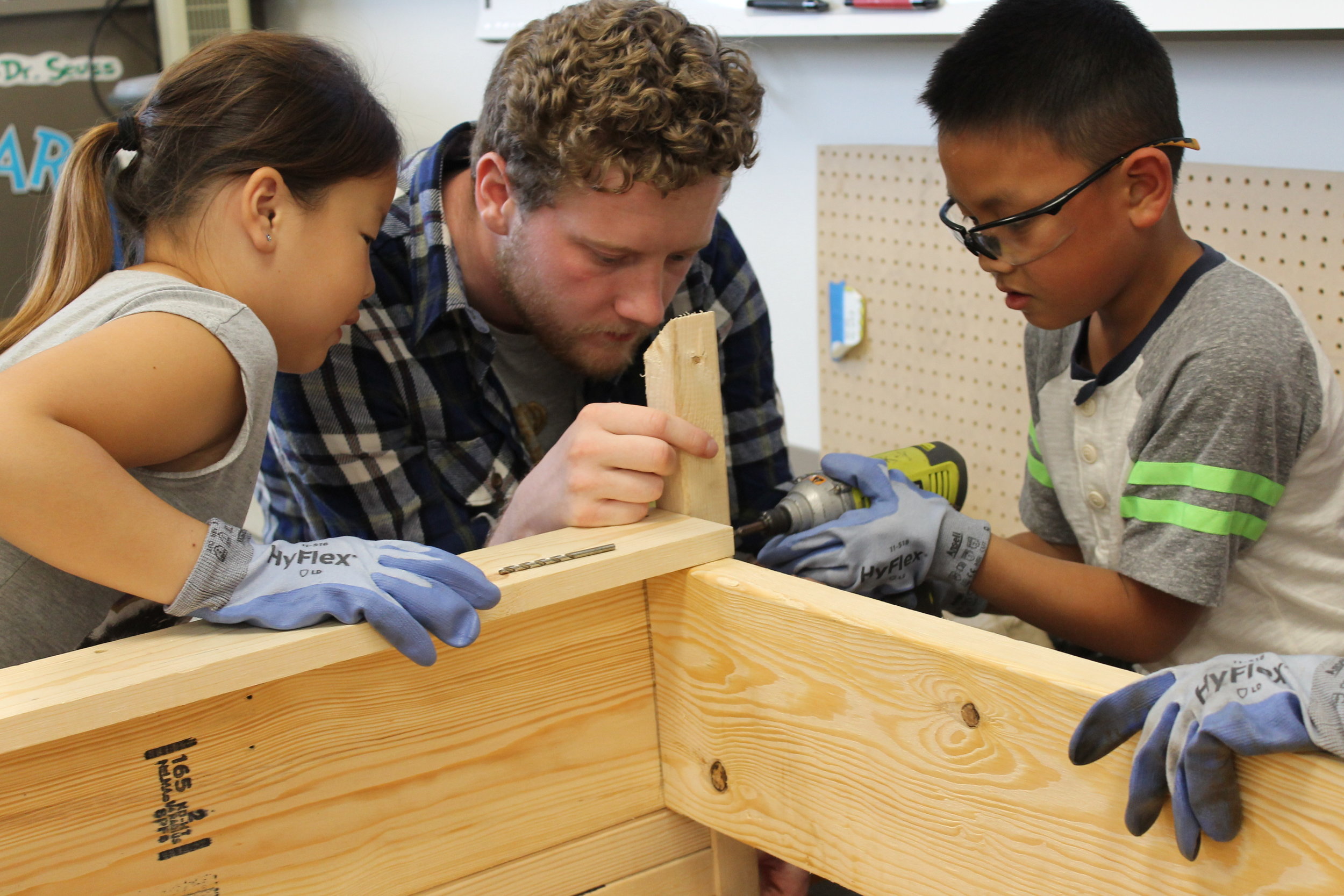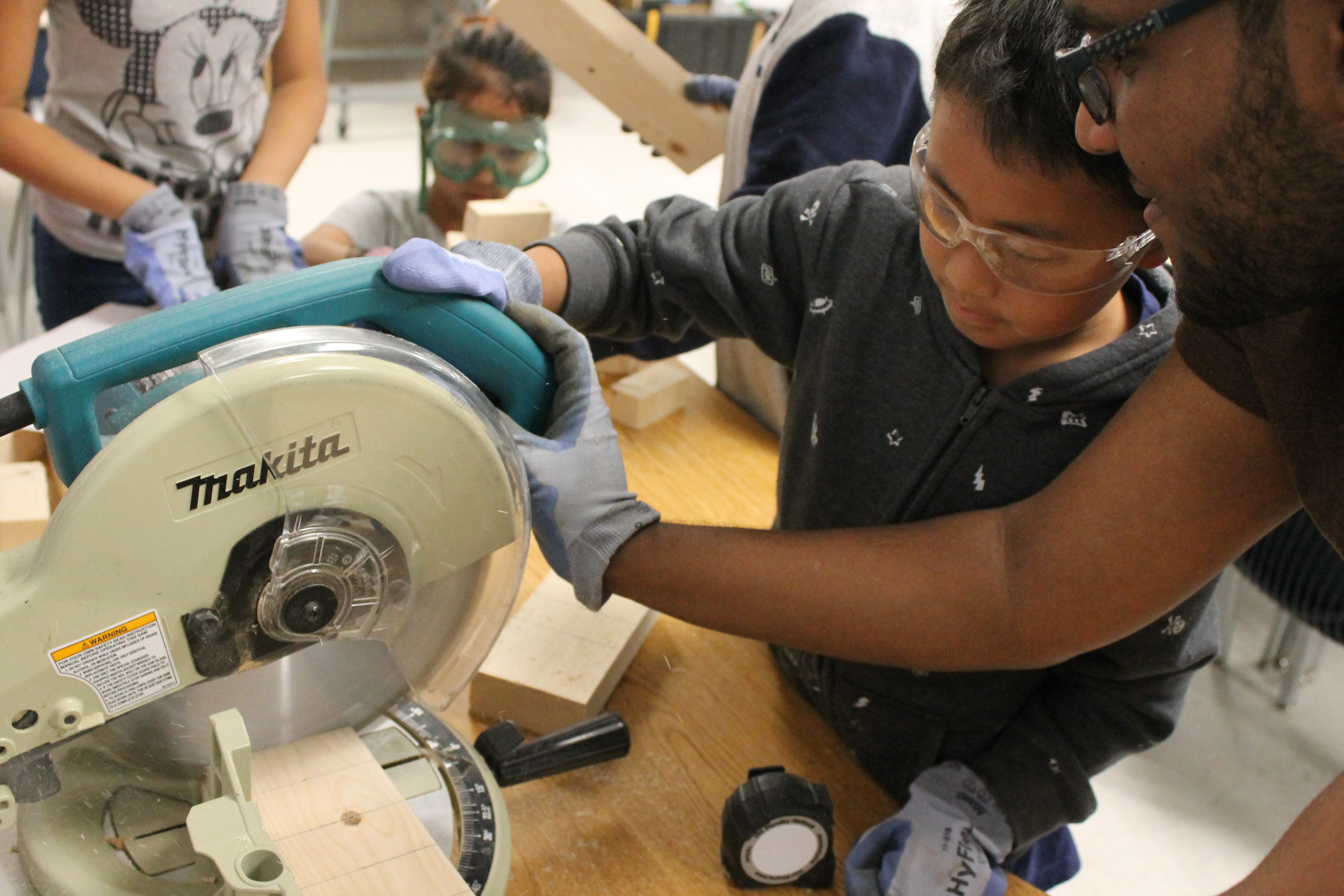The following blog post was written by Wolid Ahmed, Education Facilitator / Americorps:
About the program:
Columbia Heights High School (CHHS) are one of the newer Sparky programs in the 2017-2018 school year. Our big-picture goal is to empower high school students through student-led design, planning, and build of an aquaponics system.
CHHS is an after-school program, allowing our curriculum to be more flexible. The students we serve in this program already have a little background in agriculture with their own school farm on campus.
We've had a great start to the program school year and we're looking forward to keeping it going.
Spark-Y days at CHHS:
Coming in as an education facilitator at Spark-Y was a little daunting. There is a lot riding on us doing well. We are expected to help lead these young minds to be empowered, live sustainably, and then pass that forward to others. So I was really nervous about it all, but I didn't need to be nervous at all. From the start, these students were amped about aquaponics - and in particular fish!!!
Two students were already well-versed in fish and fish care, and had already began debating on the types of fish the aquaponics system should have. CHHS students were ready-to-go, energized to learn as much as possible.
To begin, we started by outlining our expectations and goals for the program in the coming year, in the spirit of collaborative conversation. We felt that was necessary to empower these young adults to have a say in what they want to learn about.
Since this is a once-a-week program for three hours, we provide as much information to the students as possible on program days. To kick-off the education, we presented information on nitrogen cycles. Then, slowly building up to learning about structural design by exploring with popsicle sticks. Students were really good at meeting expectations, and with a little encouragement, were willing to stretch their thinking outside-the-box.
My fellow facilitator, Becca, and I had them practice systems design. We created design drivers to help them think more outside-the-lines. We put time limits on designs, as they stretched into areas of new thinking, individually and in groups.
The whole class was really chill and wanted to be there doing the projects. Becca was the MC and played her favorite hits from the 80's and 90's.
The design date for a full-scale aquaponics system needed to be pushed back, so we put together hands-on projects to jumpstart the group. This resulted in a mini aquaponics system assembly project, with student-designed lighting systems to provide light for the plants in the system. The students were the ones running the ship. They worked together in assembling and then designing and pitching their design to the other students in the class and voting on who's was more structurally sound. Some of the students were really detailed in there design of the light fixture. Everyone was getting in on the cutting of the PVC and assembly of it. Students that didn't like to talk much were engaged and were really enjoying the process.
CHHS System Design and Build
A few weeks later, students would get to design a larger system for their school. The youth had a lot of say in the process, including mocking up designs for our Operations Director, Sam Menzies. Sam would mash a lot of their ideas together to create a sound structure conceptualized by students.
Once we had the design finalized with the students, it was off to the build.
We've had two builds with the students so far and both we very productive. Everyone was excited about the build.
We set up the stations for cutting and drilling the lumber. Becca was the designated MC again, playing “Africa” by TOTO and Sam air played every instrument, with me lip-syncing “Dust in the Wind” by Kansas to myself.
The builds were fun and upbeat. We didn't have a shortage of work to do and every student was eager to start the tasks needed.
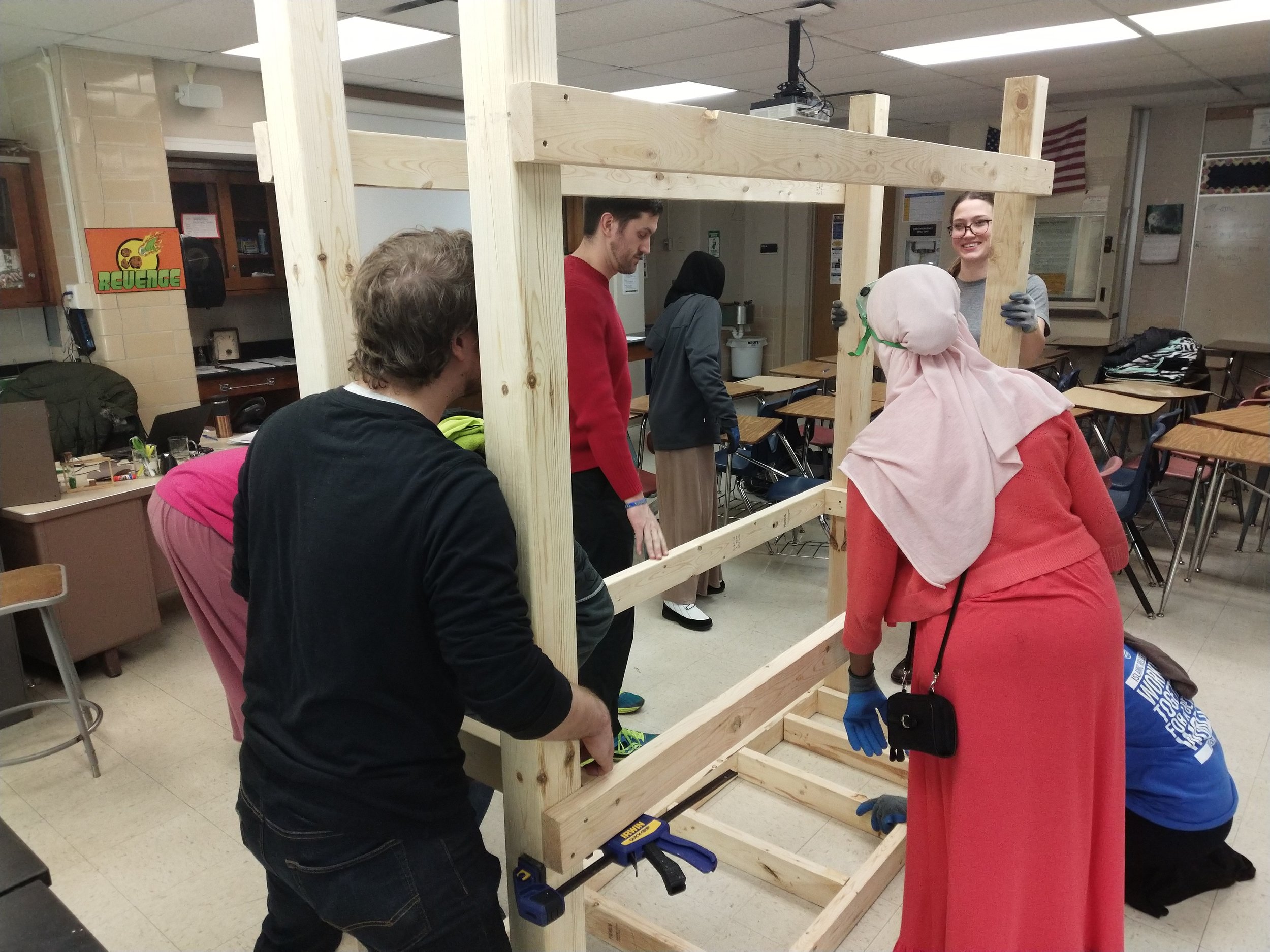
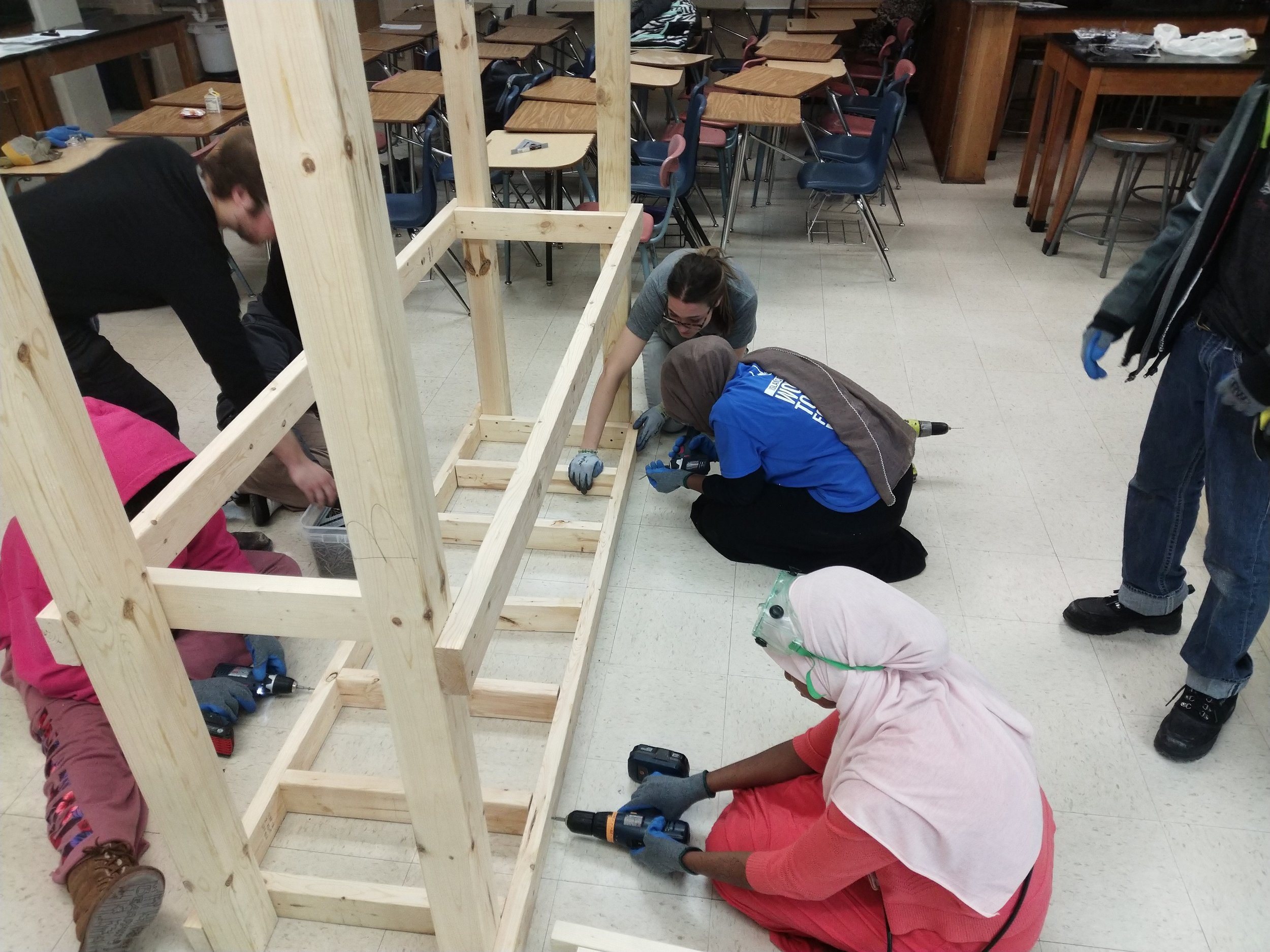

Thus far, we have finished about 1/3 of the build. So that means the build will likely head into the second semester, with more students to potentially sign up for the program. I think the students really enjoyed being there and had a blast doing activities you normally wouldn’t be doing in a school setting: ideating, designing, building, and learning… and all while enjoying those smooth 80’s jams.
